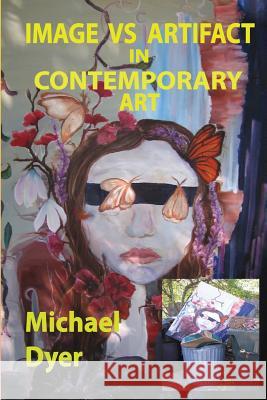Image vs Artifact in Contemporary Art » książka
Image vs Artifact in Contemporary Art
ISBN-13: 9781502904270 / Angielski / Miękka / 2014 / 252 str.
Have you ever wondered why by some contemporary paintings, that look like they were produced by toddlers, sell for enormous sums? Ever wondered why so many art installations appear ridiculous? This book addresses these issues, along with many others. Dyer does so by examining a fundamental distinction between image (what the eye perceives) and artifact (the physical canvas and brushstrokes used to create that image). He argues that this distinction influences how (and why) works of Art are treated (in the contemporary market) so differently from those of Music. Throughout this book Dyer generates insights in contemporary Art by comparing and contrasting it with contemporary Music. Dyer approaches art images in a novel way, by viewing all images as pre-existing within an abstract image space. He explores the size and structure of this space and makes a number of observations about how to judge Art (and why such judgments are difficult). Most descriptions of Art by art connoisseurs are subjective. In contrast, Dyer concentrates on how Art can be described objectively. He defines objective descriptions as those that are able to accurately reconstruct the images they describe. He discusses the nature of description languages, along with the interpreters needed to decode descriptions made in those languages. This approach enables Dyer to define the complexity of an image in an objective manner, consisting of the minimal description length of an image, combined with its associated computations and description language interpreter. Dyer covers a variety of approaches concerning Art appreciation and aesthetics, from psycho-social and historical to neural. He examines the role of genre in Art, along with the different dimensions of judgment that arise within image vs. artifact domains. Finally, he considers the future of digital Art, through the application of technologies of artificial intelligence (AI), artificial neural networks (ANNs), algorithmic art (AA) and artificial evolution (AE).
Zawartość książki może nie spełniać oczekiwań – reklamacje nie obejmują treści, która mogła nie być redakcyjnie ani merytorycznie opracowana.











